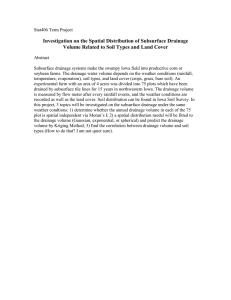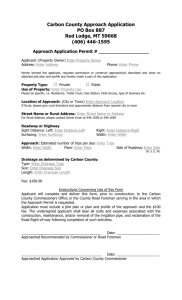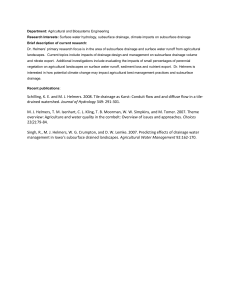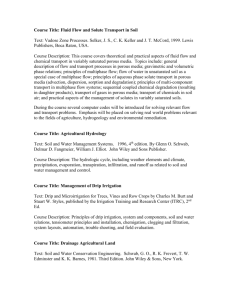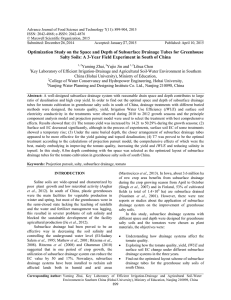Abstract
advertisement
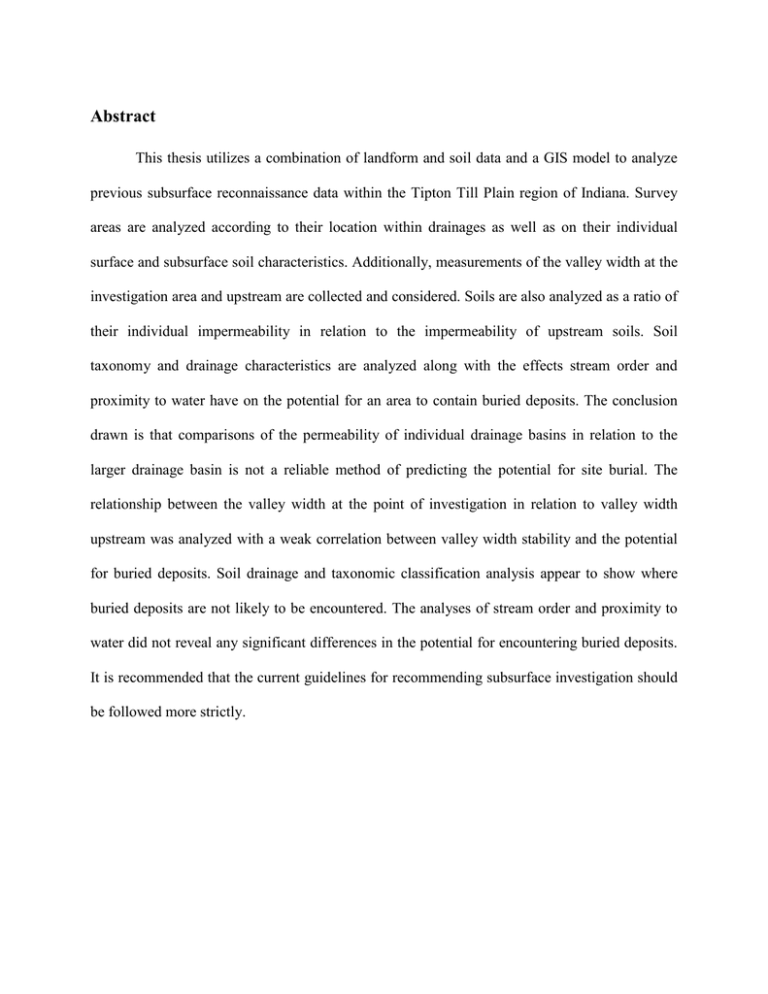
Abstract This thesis utilizes a combination of landform and soil data and a GIS model to analyze previous subsurface reconnaissance data within the Tipton Till Plain region of Indiana. Survey areas are analyzed according to their location within drainages as well as on their individual surface and subsurface soil characteristics. Additionally, measurements of the valley width at the investigation area and upstream are collected and considered. Soils are also analyzed as a ratio of their individual impermeability in relation to the impermeability of upstream soils. Soil taxonomy and drainage characteristics are analyzed along with the effects stream order and proximity to water have on the potential for an area to contain buried deposits. The conclusion drawn is that comparisons of the permeability of individual drainage basins in relation to the larger drainage basin is not a reliable method of predicting the potential for site burial. The relationship between the valley width at the point of investigation in relation to valley width upstream was analyzed with a weak correlation between valley width stability and the potential for buried deposits. Soil drainage and taxonomic classification analysis appear to show where buried deposits are not likely to be encountered. The analyses of stream order and proximity to water did not reveal any significant differences in the potential for encountering buried deposits. It is recommended that the current guidelines for recommending subsurface investigation should be followed more strictly.
